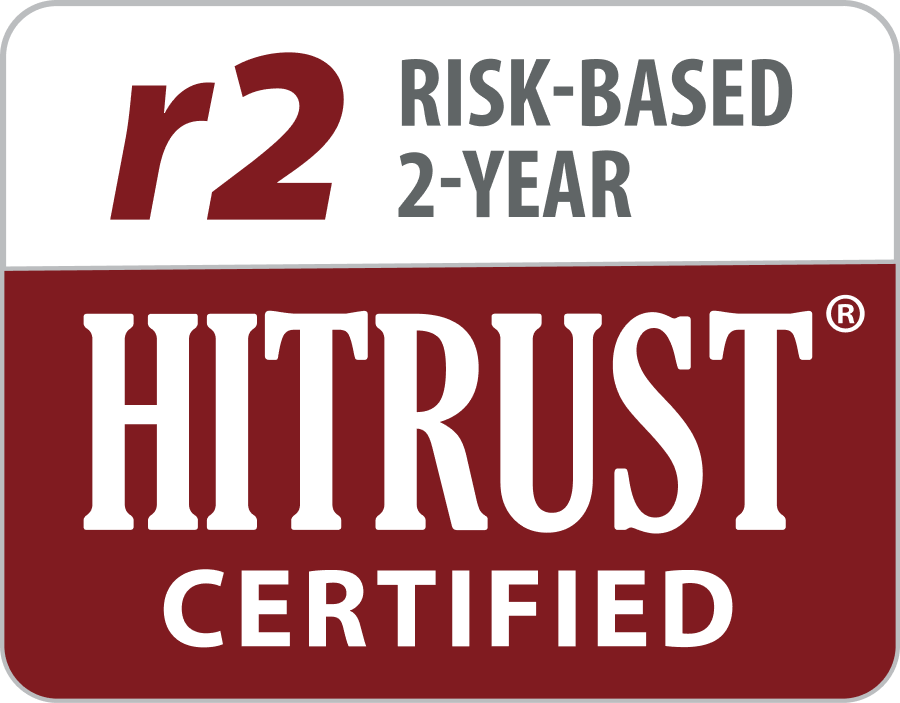Charles Baker, VP, Compliance Solutions
Tammy Hall, Sr. Consultant, Compliance & Health Plan Operations
CMS began a deeper dive into utilization management (UM) for Part C services with the implementation of new UM requirements released in the 2024 Final Rule.
On May 30, 2025, CMS raised the red flag indicating a much closer examination of UM Part C initial organization determinations (ODs) for services and claims and reconsiderations for appeals (see the draft version of the Service Level Data Collection for Initial Determinations and Appeals Technical Specifications here). On June 9, 2025, CMS released the HPMS memo “Draft Technical Specifications for Service Level Data Collection for Initial Determinations and Appeals,” giving a 30-day comment period.
Evolving Changes
If you have reviewed the Crosswalk for CMS – 10905, you may have noticed that the reporting requirement data elements have changed significantly from the 60-day review to the 30-day review, and now include some data elements that are also required in the CMS Organization Determinations, Appeals, and Grievances (ODAG) Program Audit Protocol and Data Request universes. Here are a few examples:
- Separating out specific data elements for services and claims for ODs and appeals
- Drilling down into all pieces of the request process and directly linking to the requirements in the Parts C and D Enrollee Grievance, Organization/Coverage Determinations and Appeals Guidance
- Separating out services and claims data elements for ODs and appeals to eliminate the confusion from when most elements for services and claims were combined
Plans may want to consider leveraging already established ODAG universes to provide the newly proposed reporting requirements.
See revised 30-day tech specs compared to current ODAG program audit protocols here
Challenges for Internal and First-Tier and Downstream Entities
- Prioritizing with other tasks and requirements
- System and configuration changes
- Develop written policies/processes if none exist or update existing
- Develop specialized training and/or job aids if none exist or update existing
- Testing process changes
- Validation of data process changes
- Time constraints to test, validate, and implement applicable changes retroactively
- Staffing issues that may take away from other tasks
Readiness for Internal Operational Areas and First-Tier and Downstream Entities
- Accuracy of reporting must be a priority
- Testing and validation of changes and results are critical keys to ensure compliance with requirements prior to implementation
- Escalation processes are in place if needed
- Consider providing specialized training and/or job aids
- Ensure all documented changes/revisions are retained per retention requirements.
- Requesting a “resubmission” or “correction” after the reporting deadline can raise red flags for auditors, making first-time submission success critical
- Periodic changes/updates must be incorporated beginning the following reporting period from the publication date. Example: If CMS releases updated technical specifications in March, plans must ensure Q2 data reflects the revised technical specifications
Compliance Oversight
- Provide internal and external education and support when implementing new requirements and timeframes, and stay actively involved to ensure strong oversight and compliance
- Consider:
- Any applicable contract changes
- Adding to risk assessment to monitor compliance and successful implementation of regulations
- Adding an auditing and monitoring to workplan to ensure compliance and success with new requirements
Partner with ATTAC to educate teams, support implementation, ensure oversight and keep your plan compliant with evolving requirements and timelines from day one.

